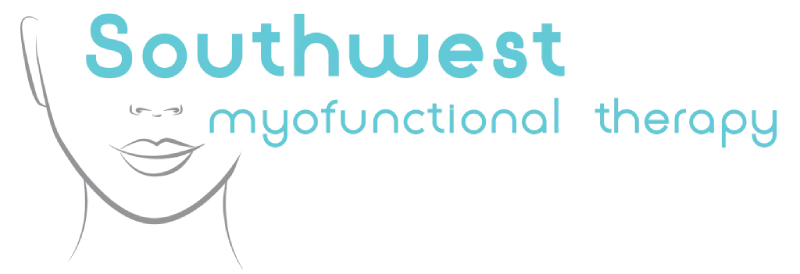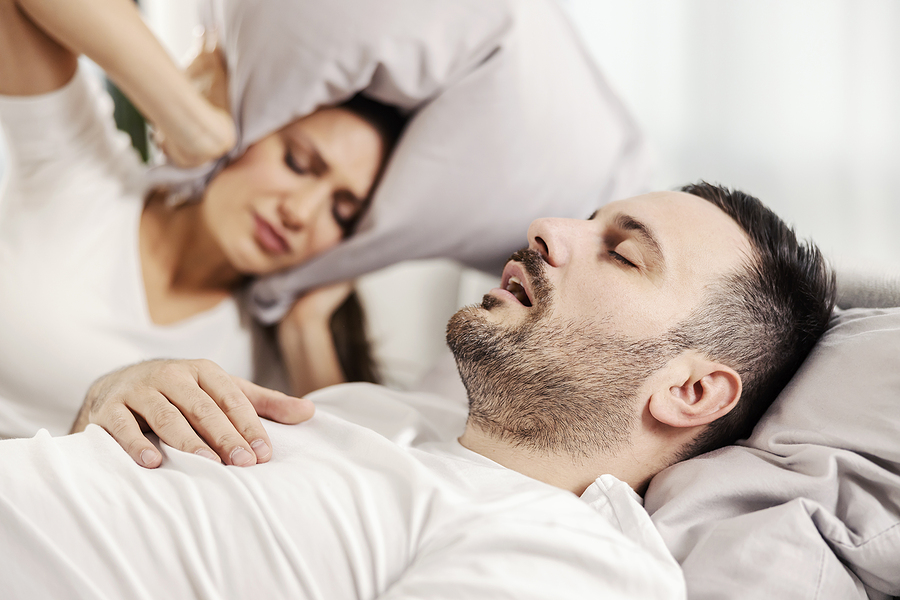Breathing exercises for sleep apnea can be incorporated into your daily routine to ensure a healthier, more relaxed sleep cycle. Just ask the patients at Southwest Myofascial Therapy in Albuquerque, NM.
What Is Sleep Apnea?
In short, sleep apnea is the result of the muscles in the back of the throat failing to keep airways open while you sleep. The most recognizable symptom is loud and chronic snoring. Though snoring can greatly disturb others’ sleep, the biggest issue for those afflicted is the body’s response to lack of air. In serious conditions, the body will wake every 30 to 45 minutes to jump start your breathing. You may not be conscious of it but it is happening.
Side effects from interrupt sleep may include:
- Difficulty concentrating
- Depression
- Irritability
- Sexual dysfunction
- Learning and memory problems
- Falling asleep while at work, on the phone, or driving
Strengthening Throat Muscles
Oral exercises are designed to strengthen the throat muscles so that they expand to allow proper air flow. Research has shown that mouth and throat exercises can help tone the muscles around the airway so that snoring is not as loud as well as improve mild to moderate obstructive sleep apnea.
Below are a few exercises a Myofascial Therapist may recommend:
Tongue Slides
Push the tip of the tongue against the roof of the mouth and slide the tongue backward. Repeat this exercise 2 times a day for 10 times each.
Tongue Thrust
Open the mouth as wide as possible and stick out the tongue in a downward motion. The tongue needs to be as far out as possible. The uvula, the fleshy extension at the back of the throat, should be lifted upwards as you stick out the tongue. Using a mirror can help you see that you are doing the exercise correctly. Hold the elevated uvula for five seconds and repeat 10 times.
Backward Slide of the Tongue
Place the tongue in the resting position with a closed mouth. Slowly, press the tongue against the roof of the mouth and slide the tip of the tongue back as far as it will go along the roof. Hold this position and open the jaw until the tongue can no longer rest on the roof of the mouth. Repeat this process two times each day for three minutes.
Mouth Stretch
Open the mouth as wide as you can while saying “ah” in the back of the throat. Continue this stretch for 20 seconds. Close the mouth, wait five seconds, then repeat between four more times.
Myofascial Therapy
While these exercises are a natural way to reduce issues associated with sleep apnea, seeking professional care and a proper diagnosis is always recommended.
Sandraluz has had professional clinical experience in a variety of settings, including stroke rehabilitation, cleft-palate treatment, OSA and TMJD outpatient rehabilitation. In 2012, Sandraluz opened her own private practice to focus her attention on children with palatal formation disorders, open mouth breathing, tongue thrust disorders, speech sound disorders, improper swallowing, compensatory breathing, and oral habit elimination. In recent years, her focus has turned to many pediatric and adult clients who have been diagnosed with breathing disorders and/or Obstructive Sleep Apnea (OSA).
Ready to set up an appointment? Get in touch with Southwest Myofunctional Therapy on the Contact Us page. Online consultations available!
Office Hours
MON - THU8:30 am - 5:00 pm
FRI - SUNBy appointments only






